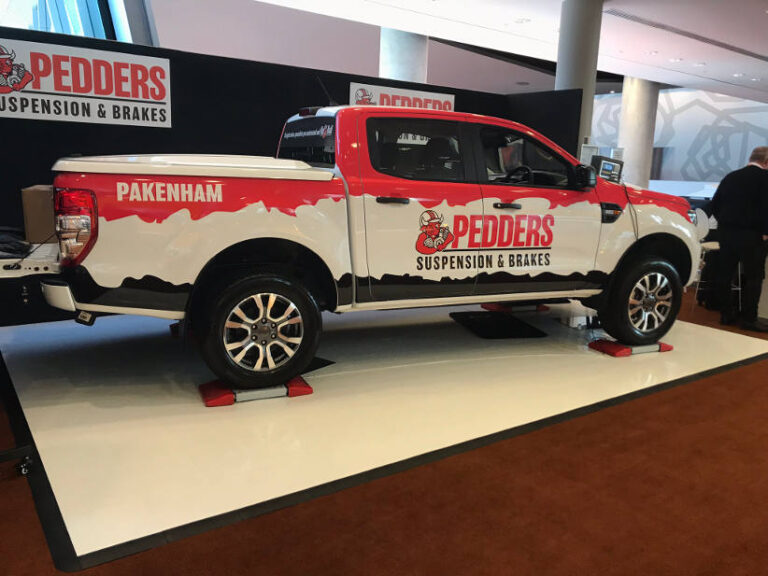For fleet managers overseeing light commercial vehicles (LCVs), understanding key weight-related terms is essential to ensure the safe and efficient operation of your fleet. Terms like Tare, Gross Vehicle Mass (GVM), and Gross Combined Mass (GCM) are critical when it comes to determining how much weight a vehicle can carry and how modifications, such as service bodies or suspension upgrades, can impact these limits.
Tare weight
Tare weight refers to the weight of the vehicle itself, including all standard equipment, fluids, and a full tank of fuel, but without any passengers, cargo, or additional accessories. This is essentially the vehicle’s empty weight and serves as the starting point for calculating how much additional load it can legally and safely carry.
Gross Vehicle Mass (GVM)
GVM is the maximum total weight that a vehicle can safely weigh when fully loaded. This includes the tare weight, plus the weight of passengers, fuel, cargo, and any additional accessories or modifications like service bodies. For fleet managers, the GVM is a crucial figure because exceeding it can lead to serious safety issues, legal penalties, and increased wear and tear on the vehicle. Understanding your vehicle’s GVM ensures that you don’t overload the vehicle, compromising safety and performance.
Gross Combined Mass (GCM)
GCM is the total allowable weight of the vehicle plus any trailer being towed, including the trailer’s load. This is particularly important for fleets that involve towing as part of their operations. Exceeding the GCM can be just as problematic as exceeding the GVM, leading to reduced braking efficiency, compromised handling, and increased risk of accidents.
Impact of service bodies on payload
When fitting service bodies to your LCVs, it’s essential to remember that these bodies add weight to the vehicle, thereby reducing the available payload. The type of service body—whether it’s a simple tray or a fully enclosed canopy with built-in shelving—will have different impacts on the vehicle’s tare weight, and consequently, the payload. A heavier service body means less capacity for carrying tools, equipment, or goods.
For example, a steel service body might offer more durability but also significantly increase the tare weight compared to an aluminium or composite option. It’s essential to balance the benefits of a heavier service body against the potential loss in payload capacity.
GVM upgrades and suspension
To accommodate heavier service bodies or increased payloads, many fleet managers consider GVM upgrades. These upgrades typically involve enhancing the vehicle’s suspension system to support a higher maximum weight. However, while GVM upgrades can increase your vehicle’s carrying capacity, they must be done with caution.
GVM upgrades should be performed by accredited providers and must comply with Australian Design Rules (ADR) and state regulations. It’s also important to remember that a GVM upgrade won’t change the vehicle’s GCM, so if towing is part of your operations, the total weight, including the trailer, must still fall within the original GCM limit.
For fleet managers, a clear understanding of Tare, GVM, and GCM is essential to ensure vehicles are operating within their legal and safe limits. When fitting service bodies or considering GVM upgrades, it’s important to carefully calculate the impact on payload and ensure all modifications are compliant with Australian standards. By staying informed and making well-considered decisions, you can optimise the performance and safety of your fleet.






